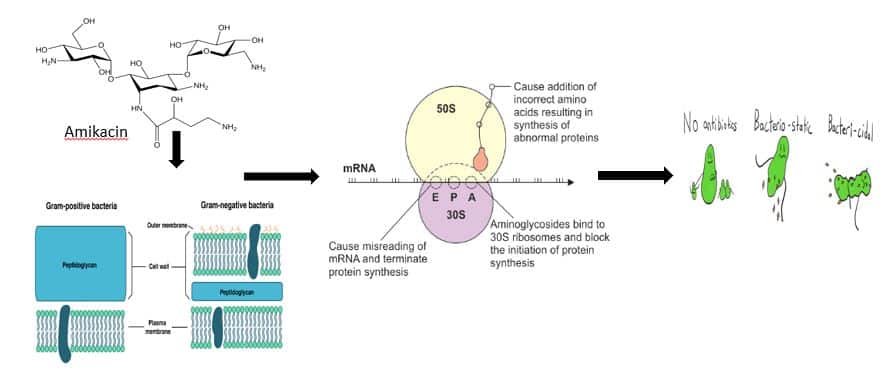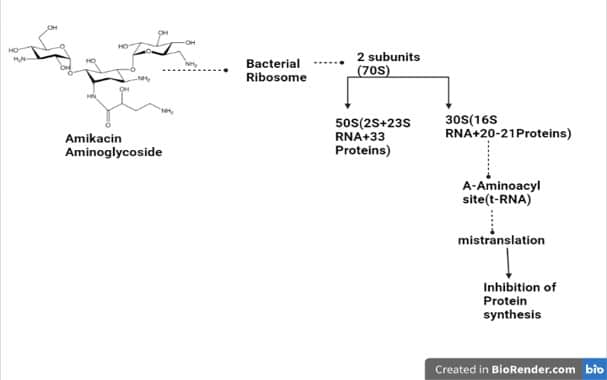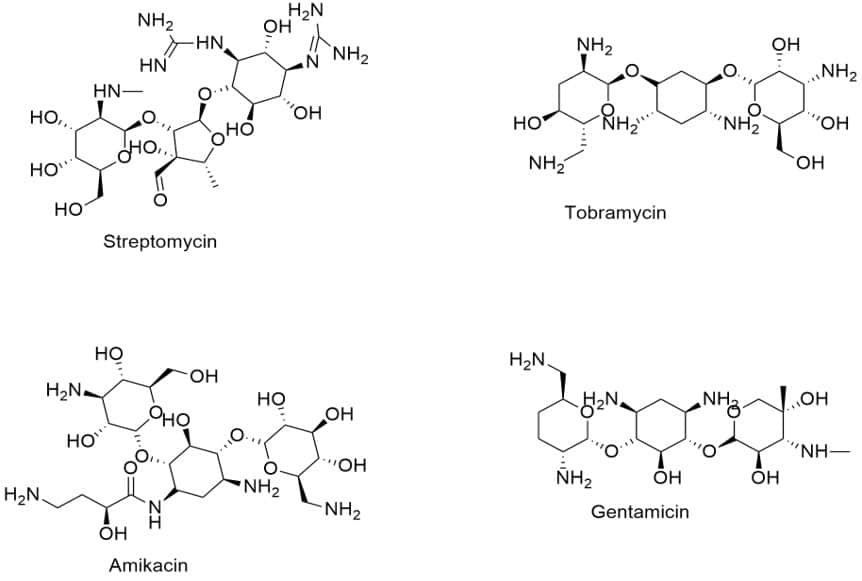Table of Contents
ToggleAntibiotics Drugs are simply defined as treatments for bacterial infection produced by microorganisms. Some types of bacterial infections are treated or prevented with the help of antibiotics. They function by destroying bacteria or stopping their spread. The different classes of antibiotics are aminoglycosides, beta-lactam, etc. Penicillin was the first antibiotic discovered from mold a type of fungus by Alexender Fleming.
Definition
Antibiotics Drugs are a particular class of antimicrobial agents that works against bacteria. Antibiotic drugs are frequently employed in the treatment and prevention of bacterial infections because they are the most effective type of antibacterial agent for doing so. Bacteria may be killed or have their growth suppressed. Only a few antibiotics also have antiprotozoal properties. Antibiotics are ineffective against viruses like the influenza virus or the common cold.

Mechanism of Action
Generally, the mechanism of action of antibiotics is either to inhibit protein synthesis or destroy the cell wall of bacteria.


Classification of Antibiotics
There are various classes of antibiotics. They are discussed as follows:

1. Beta-lactam
Beta-lactam antibiotics are available in a wide range and seem to exist solely to perplex both students and clinicians. Beta lactams include penicillins, cephalosporins, and carbapenems. Acute intermittent nephritis, anaphylaxis, and mild rashes are all possible hypersensitivity reactions to beta-lactams. All beta-lactam is inactive against unusual microorganisms including Chlamydophila pneumoniae and Mycoplasma pneumonia.
Mechanism of Action
All beta-lactam inhibits cross-linking of peptidoglycan in the cell wall, leading to autolysis and cell death.
2. Aminoglycosides
Traditional Gram-negative antibacterial drugs that impede protein synthesis and contain an amino-modified glycoside (sugar) as part of the molecule are referred to as aminoglycosides in both medicine and bacteriology. It can also be used more broadly to describe any chemical compound with an amino sugar substructure. The majority of Gram-positive and anaerobic Gram-negative bacteria are resistant to aminoglycoside antibiotics, however, some anaerobic bacilli and Gram-negative aerobes are susceptible to them.
Mechanism of action
Aminoglycosides bind with a high affinity to the A-site on the 30S ribosome’s 16S ribosomal RNA to limit protein synthesis.
3. Glycopeptides
Three glycopeptides—vancomycin, teicoplanin, and telavancin—are now being used in therapeutic settings. In contrast to telavancin, which was recently approved, teicoplanin is unavailable in the US. Antibiotics known as glycopeptides are made up of glycosylated cyclic or polycyclic nonribosomal peptides and are derived from microorganisms. Vancomycin, teicoplanin, telavancin, ramoplanin, and decaplanin, as well as corbomycin, complestatin, and the anticancer antibiotic bleomycin, are notable glycopeptide antibiotics. If methicillin-resistant Staphylococcus aureus (MRSA) infection is detected, vancomycin is used.
Mechanism of Action
Glycopeptides bind to terminal D-ala-D-ala chains on peptidoglycan in the cell wall, preventing further elongation of peptidoglycan chains.
4. Tetracyclines
Tetracycline is used to treat bacterial infections that affect the skin, eye, lymphatic, intestinal, vaginal, and urinary systems, as well as several other infections that are spread by ticks, lice, mites, and infected animals. These infections include pneumonia and other respiratory tract infections.
Mechanism of Action
Tetracycline is a quick-acting antibiotic that stops translation to stop the growth of bacteria. It associates with the 30S ribosomal subunit and blocks the amino-acyl tRNA from attaching to the ribosome’s A site.
5. Macrolides
A class of antibiotics known as macrolide antibiotics is frequently used to treat both acute and recurrent infections. Azithromycin, clarithromycin, erythromycin, and roxithromycin are the four macrolides that are most commonly used.
Mechanism of action
Macrolides prevent the synthesis of bacterial proteins. The capacity of macrolides to bind the bacterial 50S ribosomal subunit, which results in the halting of bacterial protein synthesis, is the basis for their mode of action.
Application of antibiotics
Some types of bacterial infections are treated or prevented with the help of antibiotics. They have no impact on viral diseases like the flu or the common cold. Only minor health issues, like acne, that are unlikely to get better without antibiotics should be treated with prescription antibiotics.
Modification of Antibiotics
One typical mechanism of antibiotic resistance is an alteration in the target locations. Regardless of the antibiotic’s mode of action, examples of clinical strains displaying resistance can be identified for every type of antibiotic. Target site alterations frequently result from selection in the presence of the antibiotic and spontaneous mutation of a bacterial gene on the chromosome.







